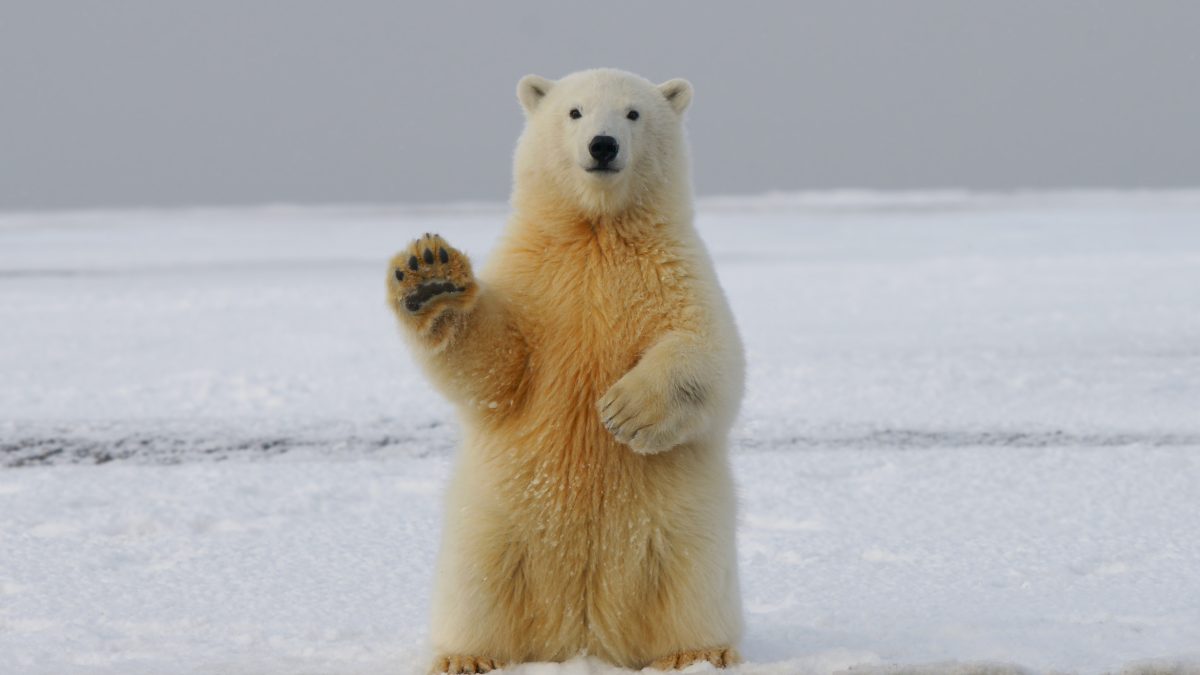
Where Do Polar Bears Sleep?
Polar bears, those majestic white giants of the Arctic, may seem like creatures always on the move, stalking seals across endless ice floes. But even the most tireless hunters need their rest! So, where do these fascinating bears catch some Zzz’s? Buckle up for a journey through the surprising world of polar bear sleep!
Sleeping Habits: Resting Like Royalty
Polar bears, just like us, require around 7-8 hours of sleep per night. But their naps aren’t confined to the darkness. They frequently snooze throughout the day, especially after a hearty seal meal, to conserve energy. Think of it as power naps for polar prowess!
Winter Wonderland Slumber: Dens of Snow
When winter’s icy grip tightens, polar bears trade open expanses for cozy dens. These snug shelters are usually dug into snowdrifts, offering protection from the biting winds and a haven for raising cubs.
Building the Perfect Den:
- Location, Location, Location: Mama bears choose sheltered areas with good snow depth, often near pressure ridges or land.
- Digging Deep: Using their powerful paws, they carve out a chamber big enough to comfortably house the entire family.
- Icy Ceiling: The snow above the den gradually melts and refreezes, creating a natural insulating roof.
- Air Vent Essential: A small opening in the ceiling ensures fresh air circulation, preventing suffocation.
Sleeping Like Royalty:
Inside their snowy palaces, polar bears curl up in a cozy ball, often using their paws as pillows. The thick layer of snow acts like a natural blanket, keeping them toasty warm even in the harshest conditions.

Summer Snoozing: Sunbathing and Day Beds
When the sun returns and melts the winter wonderland, polar bears switch to a more casual sleeping style. They can be found napping just about anywhere:
- Sun-kissed Rocks: Basking on warm rocks, soaking up the precious sunlight.
- Icy Platforms: Lounging on ice floes, enjoying the cool breeze.
- Shallow Pits: Digging temporary “day beds” in the sand or gravel for a quick power nap.
Do Polar Bears Hibernate? Not Quite!
Unlike some other mammals, polar bears don’t hibernate in the true sense. Their body temperature only dips slightly during winter, and they remain active, hunting and exploring their icy domain.
Sleeping for Survival: A Matter of Energy
Polar bears’ sleeping habits are all about conserving energy. Hunting in the vast Arctic landscape is a demanding task, and these bears need to make the most of their limited resources. By sleeping efficiently and strategically, they can stay warm, save energy, and be ready for their next adventure.
Threats to Polar Bear Sleep: A Melting World
Climate change poses a significant threat to polar bear sleep. As sea ice melts and their hunting grounds shrink, bears have to travel further and expend more energy to find food. This disrupts their sleep patterns, making it harder for them to rest and recover.
Protecting the Arctic Slumber
By reducing our carbon footprint and supporting efforts to combat climate change, we can help ensure that these magnificent creatures continue to enjoy their well-deserved sleep in their icy kingdom.
Beyond the Basics: Fun Facts about Polar Bear Sleep
- Polar bear cubs are sleepyheads! They can sleep up to 20 hours a day, snuggled close to their mother for warmth and comfort.
- Males tend to be loners, even when sleeping. They often nap in isolation, except during mating season.
- Polar bears can sleep even during blizzards! Their thick fur and snow-covered dens provide excellent insulation.



